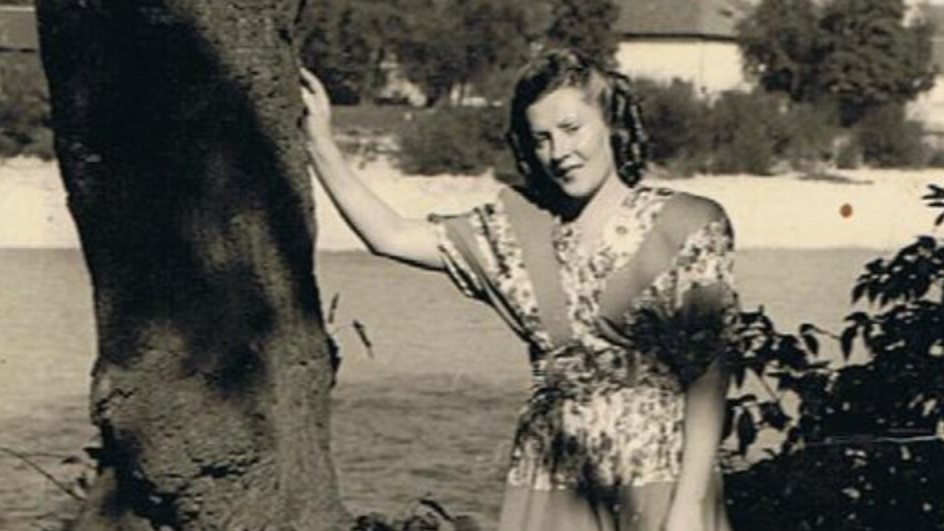When I told a lapsed friend several years ago that I’d published a book about St. Thérèse of Lisieux, she rather pointedly inquired, “But you don’t have to be inside the Church to be a saint, do you?”
I understood her concern; one of my abiding obsessions is the “unsung saint”: the person who is never noticed.
In fact, I write a monthly column for Magnificat Magazine called Credible Witnesses that celebrates a notable Catholic who has died but has not yet, and may never be, canonized. But here’s why saints are compelling: Saints are exceptional. Saints are extreme. As William James observed in “The Varieties of Religious Experience” (CreateSpace Independent Publishing Platform, $7.85): “There can be no doubt that as a matter of fact a religious life, exclusively pursued, does tend to make the person exceptional and eccentric … It would profit us little to study this second-hand [i.e. conventional, ordinary] religious life. We must make search rather for … individuals for whom religion exists not as a dull habit, but as an acute fever rather.”
So though in the general sense “saints” can be found everywhere, those who love Christ tend to be the most extreme people of all. Thus we have an 11-year-old who preferred to be stabbed to death rather than yield her virginity (St. Maria Goretti). We have a nun who drank the pus from the cancerous breast of her mother superior (St. Catherine of Siena). We have a medieval scholar, regarded as one of the most magnificent philosophers the world has known, who at the end of his life regarded his oeuvre and remarked, “All straw!” (St. Thomas Aquinas). I have my own personal pantheon: St. Dymphna, patron saint of the mentally ill. St. André Bessette, who achieved sainthood by humbly tending the door of a Montreal church for 40 years.
Another favorite is St. Mark Ji Tianxiang, a Chinese layman and opium addict who was prohibited from receiving the sacraments for the last 30 years of his life because of this “grave sin.” During the Boxer Rebellion, in which Christians were brutally persecuted, he was sentenced with many others to die and is reputed to have gone to his execution singing the Litany of the Blessed Virgin Mary.
I’m no canonical lawyer, but I wonder if there isn’t another kind of unsung saint: the one who commits what would otherwise be a sin in order to save a number of human lives.
I’m thinking of Irene Gut Opdyke (1922-2003), a Polish nurse, who risked imprisonment, torture, and execution to save 12 Jews in Nazi Germany during World War II.
The oldest of five daughters, Irene was raised a devout Catholic and at 16, began studying to be a nurse. When Poland fell in September 1939, divided between the Germans and the Russians, Irene, who had never so much as kissed a boy, fled with the Polish medical corps into a forest.
There she was captured by Russian soldiers, beaten unconscious, raped, and left for dead in the snow.
Forced into service as a nurse in the Russian Army, she escaped only to be recaptured by the Nazis.
“Whoever helps a Jew will be punished by death,” blared from loudspeakers. Massacres and public executions were everyday occurrences. She once saw a German soldier throw an infant into the air and shoot it dead. Then he shot the mother.
Ordered to work in a hotel kitchen where sumptuous meals were prepared for Nazi officers, Irene began smuggling food into the adjacent Jewish ghetto.
And when she was pressed into service as a housekeeper for Major Eduard Rügemer, she began harboring Jews — eventually 12 in all — in the basement of his requisitioned villa.
One day the major returned home unexpectedly and came upon Irene in the kitchen with two Jewish women who’d been living below.
Irene pled with Rügemer to take her life and spare theirs. Instead, he confessed to being in love with her and agreed to protect her charges — on condition that she become his mistress.
At confession the next day, the priest refused to absolve her. “Father, I cannot throw their lives away,” she replied, “even for my own soul.”
In 1982, Opdyke was recognized by Yad Vashem, the Holocaust memorial in Israel, as “Righteous Among the Nations,” an honorific for non-Jews who risked their lives to save Jews during the war.
I am second to none in my admiration of the virgin martyrs, but when Irene Gut Opdyke died, I wonder if Sts. Lucy, Agatha, Cecilia, and their cohort didn’t welcome her into heaven as one of their own. I wonder if there she has not been awarded another kind of honorific.
How capacious a Church that holds to her bosom female saints and male saints; saints of every race, age, demographic, IQ, livelihood, and walk of life! How welcoming the arms of a Church that embraces as some of her most precious children the broken, the fragile, the weak, the still sinning, the still in bondage, the still stuck. How emblematic of a Church of mercy and humor to take us as we are.
St. Teresa of Ávila defined a saint as simply “a friend of Christ.” Glory be to God that the invitation is extended to all.

